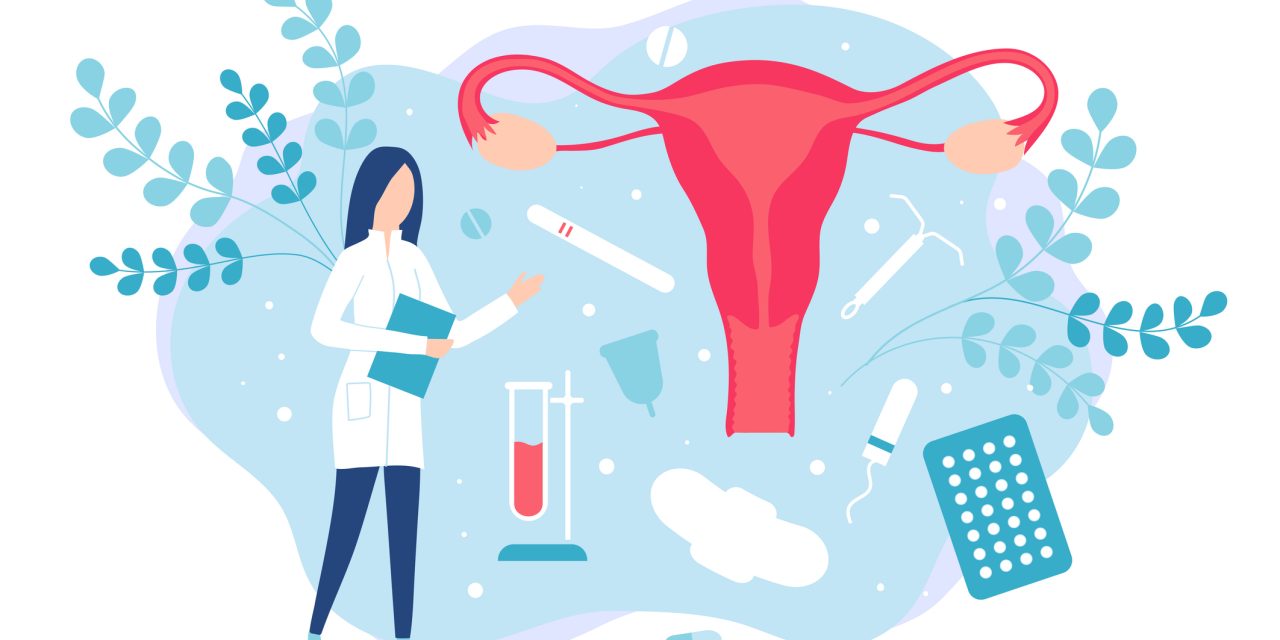In patients with HBV and HCV coinfection, HBV reactivation leading to severe hepatitis has been reported with the use of direct-acting antivirals (DAAs) to treat HCV infection. Here we study the molecular mechanisms behind this viral interaction. In coinfected cell culture and humanized mice, HBV replication was suppressed by HCV coinfection. In vitro, HBV suppression was attenuated when interferon signaling was blocked. In vivo, HBV viremia, after initial suppression by HCV super-infection, rebounded following HCV clearance by DAA treatment that was accompanied by a reduced hepatic interferon response. Using blood samples of coinfected patients, interferon-stimulated gene products including C-X-C motif chemokine 10 (CXCL10) and C-C motif chemokine ligand 5 (CCL5), and alanine aminotransferase (ALT) were identified to have predictive value for HBV reactivation after HCV clearance. Taken together, our data suggest that HBV reactivation is a result of diminished hepatic interferon response following HCV clearance and identifies serologic markers that can predict HBV reactivation in DAA-treated HBV-HCV coinfected persons.
Diminished hepatic IFN response following HCV clearance triggers HBV reactivation in coinfection.


